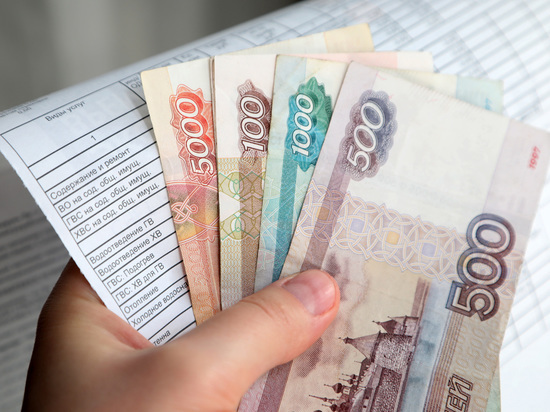Experts appreciated the proposal of developers to introduce a new paid utility service
[ad_1]

The initiative group decided to take money for the use of “smart home”
The list of tariffs for a communal apartment, already turning into an unbearable burden for many Russians, can be replenished with a fee for the “smart” home service. The initiative comes from two organizations – the National Association of Housing Developers (NOZA) and the “Unified Resource of Developers”, who addressed it to the state represented by the Ministry of Construction, the Ministry of Digital Transformation and the Ministry of Industry and Trade (already supporting it). The question arises: how appropriate is the new payment in a situation where real incomes of the population are declining, and a new indexation of housing and communal services tariffs is already scheduled for December 1?
Yes, and in terms of implementation, there are a lot of pitfalls and blank spots. In particular, the unified technical standards of a “smart” home are supposed to be approved at the legislative level, and this is fraught with bureaucratic red tape with unpredictable consequences. The current Housing Code is too cumbersome, with a bunch of flaws that have not been overcome. But the main catch is that today, without meetings of owners, the cost of maintaining smart systems cannot be approved in any way. The meetings themselves, as forms of solving housing and communal issues, are absent as a class. More precisely, it is almost impossible for them to collect a quorum.
The developer’s proposal concerns buildings where smart home systems are installed by the developer at the construction stage. According to the methodology of the “Unified Resource of Developers” (ERZ.RF), there are five classes of such houses – A, B, C, D and E. At the same time, A is the highest (with the maximum saturation of “smart” functionality), E is the initial one. According to Alexander Korol, the head of special projects at ERZ.RF, the monthly maintenance of the minimum package of an E-class “smart” home can cost 50 rubles per month per apartment. In the case of option C, it will be approximately 300 rubles, and if we talk about A and B, about 3 thousand per month. So payments can rise in price by 5-10%.
“The Housing Code stipulates that the tariffs for the maintenance of common property (which is 100% the smart home system) are determined by the owners of the premises,” says Sergey Belolipetsky, lecturer at the Institute of Industry Management of the RANEPA, an expert on housing and communal services. – Otherwise, the tariff is adopted by the municipal, based on the minimum list of services. And it does not provide for maintenance costs for smart home options, such as video surveillance. Therefore, the managing organization (or HOA) must convene a general meeting, and the tenants, in turn, must vote “for” or “against”. No other way! Each home needs a highly individual approach. And if the state decides to include this tariff in the national list, then the inhabitants of all other residential buildings where there are no “smart” systems will have to pay for it.”
The complexity is also in different classes and categories of “smart” houses, their different technical functionality. Accordingly, the work on drawing up the tariff scale is fraught with endless bureaucratic coordination. You cannot introduce all the nuances into the law, the interlocutor of MK argues. In the end, we have a market that should determine the tariffs, since we are talking about increased costs for the maintenance of “smart” systems. Since 2004, when the Housing Code was adopted in Russia, there has been a complete regression in the housing and communal services sector. Homeowners have fewer rights, but a lot of responsibilities. As for the motives of developers, they are generally clear: we are talking about potentially large additional money that they want to receive. In general, sums up Belolipetsky, it is necessary to completely rewrite the legislation, starting with the Housing Code. Without this, the problem with the tariff for the “smart” home service cannot be solved.
“Including a new expense column in payments is not an entirely appropriate and timely idea,” says Andrey Loboda, an economist and director of communications at BitRiver. – In conditions when bills are growing periodically anyway, comfort and energy saving should become, without any conditions, a natural component of the quality of life. It will be difficult to explain to the residents of the buildings of the Soviet period of construction, how much “mind” has been added to their houses. In the case of ultra-modern buildings, the new item of expenditure also seems redundant. There is also an article called “maintenance and overhaul”, which is paid by the population.”
If we were talking about creating serious added value, for example, generating electricity through the installation of solar panels on rooftops and the subsequent use of “green” electricity for mining and energy-intensive blockchain computing, the idea of an additional expense item for residents would be justified. According to Loboda, new housing is already positioned as “smart”, people pay for it at real market prices, given that all the “bells and whistles” are already included in the payment.
Newspaper headline:
Grief from the “smart” home
[ad_2]
Source link






